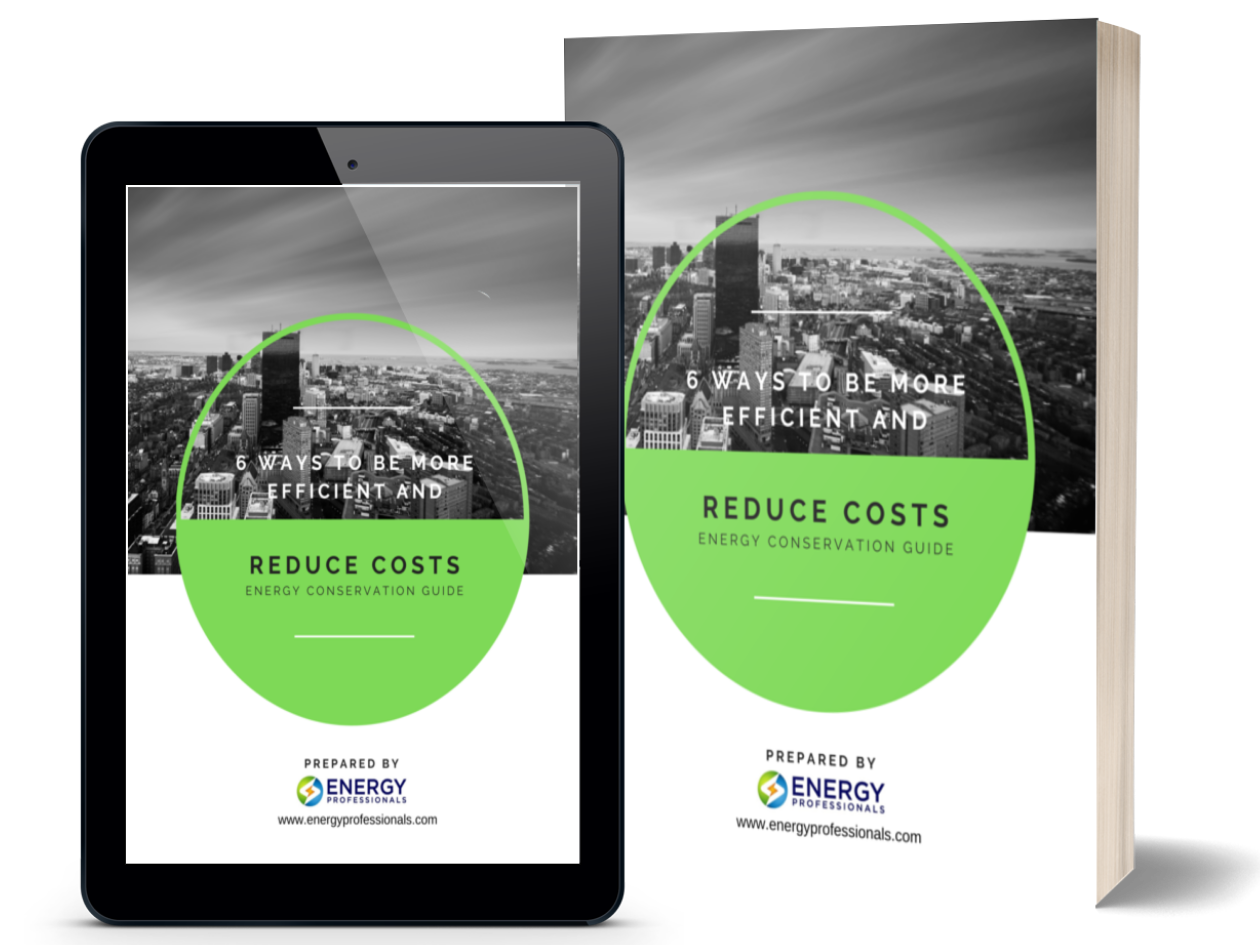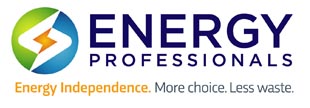Why Are Electricity Prices Rising Faster Than Inflation?
Why Are Electricity Prices Rising Faster Than Inflation? It’s hard to overlook the fact that electricity bills, like so many

Why Are Electricity Prices Rising Faster Than Inflation? It’s hard to overlook the fact that electricity bills, like so many
It’s hard to overlook the fact that electricity bills, like so many other expenses, have been rising.
Over the past few years, we’ve felt the impact of inflation, and it’s becoming increasingly evident in our everyday expenses. But is inflation the only thing driving up electricity costs?
It’s not uncommon for electricity prices to rise incrementally each year. In fact, over the past 25 years, there have been only three years where prices didn’t see an increase.
Charts courtesy of Statistica
So, while it’s normal for a slight increase in electricity rates, the increases over the past few years have left many wondering what’s driving these changes, especially as many of us have seen their electric bills more than double.
A recent report shows that electricity prices in the U.S. have been rising at an unprecedented pace, outstripping inflation and leaving consumers and businesses alike grappling with higher energy bills.
While advancements in renewable energy technologies have driven generation costs down, increasing electricity demand and the costs associated with electricity distribution and transmission have surged, contributing to these increases.
According to a report from the Lawrence Berkeley National Laboratory (LBNL), U.S. electricity prices rose an average of 2.5% annually between 2014 and 2024. However, since 2020, the rate of increase has nearly doubled, with average electricity rates climbing 4.8% annually from 2020 to 2024.
Over the past three winters alone, electricity prices rose by an average of 7% year-over-year, further compounding the financial strain on households and businesses.
While inflation has played a role, the primary drivers behind the rising costs lie in the aging energy infrastructure and the growing electricity demand.
As the U.S. grid ages, utility companies are investing heavily in upgrading transmission and distribution infrastructure.
These upgrades are essential to maintain grid reliability, accommodate the growing electricity demand, and integrate renewable energy sources like wind and solar.
However, the costs associated with these upgrades are being passed down to you – the consumers.
According to the same study from LBNL, 63% of the cost increases from 2019 through 2022 can be attributed to higher transmission and distribution costs.
These costs highlight the pressing need for alternative approaches to managing the electricity system, such as deploying distributed energy resources like rooftop solar, which can reduce reliance on extensive transmission infrastructure.
An unprecedented increase in electric vehicles: The growing adoption of EVs is putting pressure on the grid as more vehicles charge, often during peak hours. This surge in demand is expected to increase steadily in the coming years.
The explosive growth of AI data centers: AI data centers use significantly more electricity than traditional ones, driving up demand. As AI expands, these centers are becoming a major factor in energy consumption.
A major resurgence in U.S.-based manufacturing: Federal policies boosting domestic manufacturing have increased energy usage. This growth adds strain to the grid’s capacity.
Grid modernization: Grid upgrades are essential for reliability and renewable energy integration. However, these improvements come with significant costs.
While renewable energy sources like solar and wind have significantly lowered generation costs, transitioning away from fossil fuels comes with substantial upfront expenses.
Building new infrastructure, including transmission lines and storage solutions for renewables, while simultaneously retiring fossil fuel power plants has led to higher utility costs, which are being passed on to you – the consumers.
Additionally, the intermittent nature of renewable energy sources like solar and wind requires significant investments in battery storage and grid reliability to ensure a consistent power supply. These necessary upgrades, while vital for a cleaner energy future, further contribute to the rising costs that businesses and households are now seeing on their utility bills.
Although rising electricity rates may seem inevitable, there are proactive steps you can take to mitigate the impact on your energy bills:
1. Secure Lower Energy Rates
In deregulated states, businesses and homeowners can shop for competitive energy rates and lock in fixed-rate contracts with independent energy suppliers. This provides price stability and protection potential against future increases.
2. Enroll in Demand Response Programs
Demand response programs reward businesses for reducing energy usage during peak periods. In many utilities, demand charges comprise the second largest part of your electric bill. You can earn credits or rebates and lower your overall energy costs by curtailing energy consumption at these times.
3. Invest in Energy Efficiency
Upgrading energy-efficient technologies like LED lighting, smart thermostats, and new HVAC systems can reduce energy waste and significantly lower your bills.
While saving on electricity is essential, many business owners are so focused on daily operations that reducing energy costs often takes a back seat.
Surveys indicate that tasks such as negotiating lower energy rates, finding the right suppliers, determining the best times to curtail energy usage, improving energy efficiency, and navigating government incentives can be time-consuming, overwhelming, and sometimes confusing.
Rising electricity costs can be a real headache, and figuring out how to manage them isn’t always straightforward.
Here are some practical steps you can take:
1) Finding Lower Energy Rates
Negotiating for better energy rates and deals requires understanding the market. By tapping into a broad network and leveraging experience, one can lock in competitive rates that make sense for a business. Handling negotiations with suppliers can lead to long-term contracts that provide budget stability and protection from price spikes—all while saving money.
2) Demand Response Programs
Demand response programs offer a smart way to save money by adjusting energy use during peak times. Participating in these programs can earn credits or rebates from utilities. It’s all about strategically reducing usage without disrupting operations, finding the right balance for a business while maximizing savings.
3) Making Your Business More Energy Efficient
Focusing on energy efficiency solutions that show quick results can significantly reduce costs. Whether it’s upgrading lighting, optimizing HVAC systems, or undertaking other efficiency projects, implementing these measures can increase savings. It’s also beneficial to take advantage of local or government incentives.
4) Utility Bill Management Software
Managing energy bills, especially for businesses with multiple locations or those spread across different states, can be challenging. Utility bill management software that gathers and analyzes real-time data helps spot inefficiencies and opportunities to save. It simplifies tracking energy usage and breaking down costs, making energy management effective.
These strategies can help you focus on running your business while controlling energy bills. If you need assistance with implementing these solutions or determining the best approach for your specific needs, consider consulting with experts in the field.
Understanding what’s driving the rise in electricity costs and taking practical steps to lower them is crucial for maintaining a profitable business.
I hope you found this article helpful, here is to lowering your electricity bills and mitigating the future rate increases.


Don't have one? You can get one by calling us at 855-4-PKIOSK.
Energy Professionals is committed to finding its customers the best possible rates on electricity and natural gas. Tell us your location and service type and our energy manager will connect you to the most competitive offers.
Switching to an alternate supplier is easy. There is no chance of service disruption, and you'll continue with your current utility for energy delivery and emergency service. Take a few minutes to discover your best offers, and enjoy the benefits of retail energy in your home or business.
1. Energy Type
2. Service Type
3. Zip Code
4.Local Company
5.Zone
We believe that knowledge is power. Here’s a free e-book that provides business solutions to reducing energy costs.
Download E-Book Free Energy Audit




